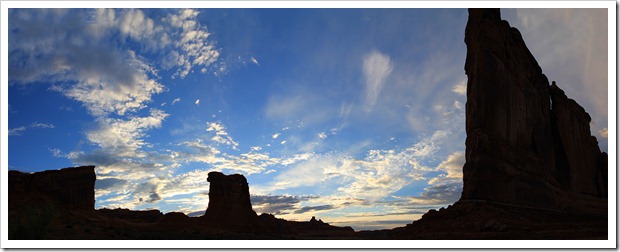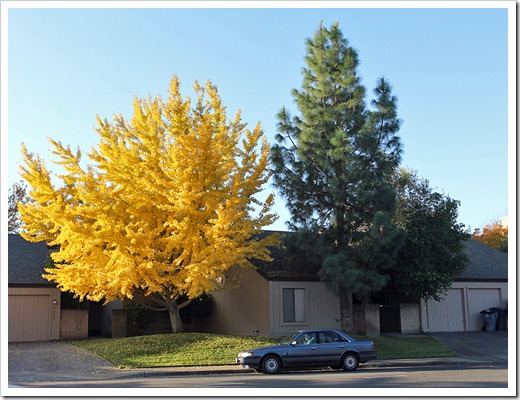UC Botanical Garden—Southern African Collection

In spite of good intentions I never seem to make it to the UC Botanical Garden (UCBG) in Berkeley more than once or twice a year. But thanks to the lull in work between Christmas and New Year I was able to get away last Friday. It was a cold and gray day, a bit too gray to make for perfect photography conditions, but it was still better than the bright sunny weather I had encountered on previous visits . This post is about UCBG’s Southern African Collection. In separate posts I’ll take you to the New World Desert and Asian Collections . Most of the other garden sections aren’t that interesting in the winter so I skipped them. The garden entrance isn’t splashy, but the large Yucca rostrata with its spiky blue hairdo is a good indication that this is no ordinary place. Entrance at 200 Centennial Way Yucca rostrata
















